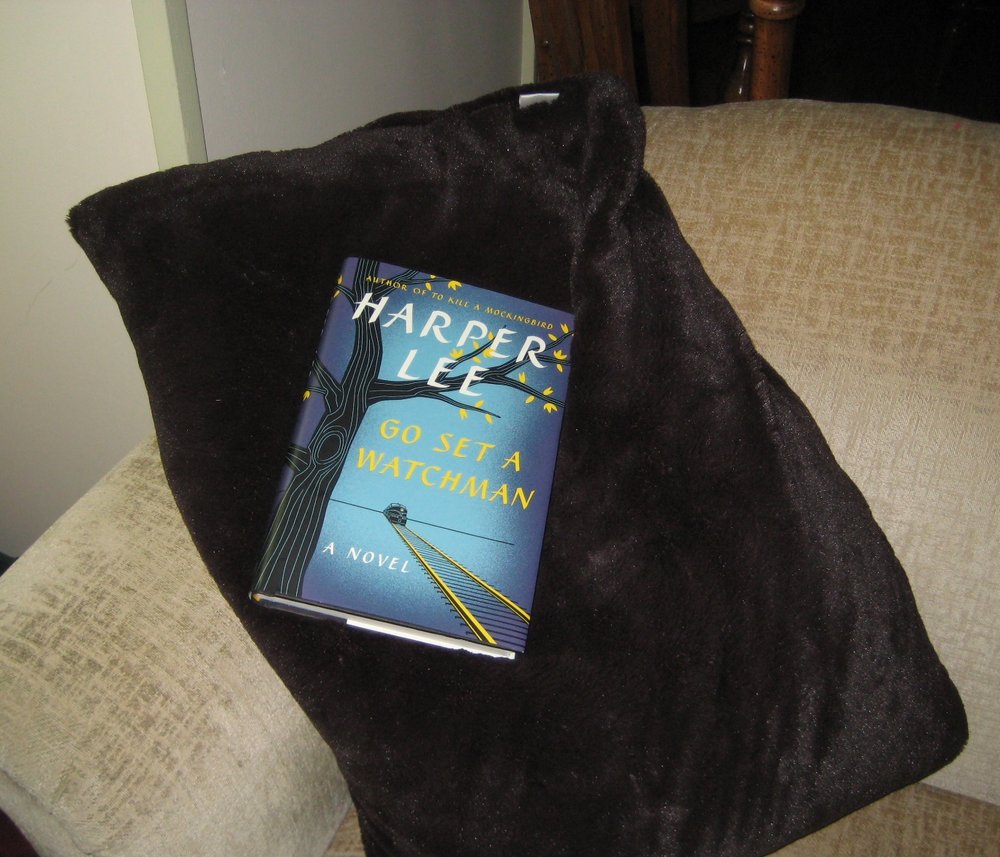 In case you need yet one more opinion about Go Set a Watchman, I’ll give you mine. I’ll skip the hoopla and mere speculation about whether Harper Lee made an informed consent for its publication.
In case you need yet one more opinion about Go Set a Watchman, I’ll give you mine. I’ll skip the hoopla and mere speculation about whether Harper Lee made an informed consent for its publication.
In the opening, I could hear Harper Lee’s voice. “Since Atlanta, she had looked out the dining-car window with a delight almost physical. Over the breakfast coffee, she watched the last of Georgia’s hills recede and the red earth appear, and with it tin-roofed houses set in the middle of swept yards, and in the yards the inevitable verbena grew, surrounded by whitewashed tires.” From time to time, it came again, “On the thirtieth of September she sat through classes and learned nothing.”
Most of the book read like a draft. I’ve created enough drafts to recognize one when I see it. Listen to almost any author speak on the subject, and you’ll get the idea that reading their early drafts has the appeal of a neglected weed-infested back yard. John Green and Richard Peck, who’ve won all kinds of book awards, claim to do six entire drafts before allowing their manuscripts out.
Reading the book gave me great appreciation for Harper Lee’s editor, Tay Hohoff. Kerry Madden, in Up Close:Harper Lee, quotes Tay’s reaction to the original, “There were dangling threads of a plot, there was a lack of unity . . .” and her wisdom about beginning writers, “. . .many writers try for publication before they are ready . . .” I recognized this evaluation as I read. It took three years of working together for editor and writer to produce the masterpiece that is To Kill a Mockingbird.
I’m not sorry I read Go Set a Watchman. Comparison of the two books gave a vivid picture of the process and what can happen when a good writer meets a good editor.
In the best of all possible worlds, I’d wish Tay Hohoff had come back with Harper Lee to address some things I found bothersome and written a true sequel.
• Several unexpected and unexplained shifts from third to first person distract the reader.
• Justification is needed of how Atticus and Calpurnia of To Kill a Mockingbird became Atticus and Calpurnia of Go Set a Watchman. There needs to be some triggering event or gradual circumstance to make that drastic change believable.
• The painting of the black and white communities in Go Set a Watchman with two single brushes disturbed me, as it often does in books portraying this era. Those extremes certainly existed, but with plenty of attitude shades between. A whole community of men in the Citizens Council seemed highly unlikely. I knew many white Mississippians that saw the council as a fringe group. Alabama, surely, was no different.
Go Set a Watchman should be read for the historical document it is – of a writer beginning her way and an editor who did her job and helped her polish the jewel that became To Kill a Mockingbird.
On Friday, I will blog about some of my own experiences with editors.